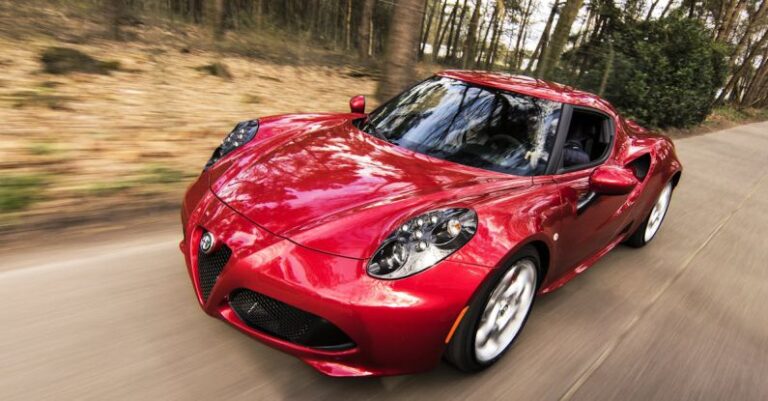
Racing Cars vs Street Cars: Unveiling the Contrasts
When it comes to cars, there is a notable distinction between racing cars and street cars. While both serve the purpose of transportation, their design, performance, and functionality vary significantly. Let’s delve into the key differences that set racing cars apart from their street-ready counterparts.
Racing Cars: Built for Speed and Performance
Racing cars are meticulously engineered machines designed to excel in high-speed competitions. These purpose-built vehicles prioritize performance, aerodynamics, and agility over comfort and convenience. Here are some defining characteristics of racing cars:
1. Aerodynamics: Racing cars feature aerodynamic body designs aimed at maximizing downforce and reducing drag. These streamlined shapes help racing cars achieve optimal speed and stability on the track.
2. Lightweight Materials: Racing cars are constructed using lightweight materials such as carbon fiber and aluminum to enhance speed and maneuverability. Every component is carefully selected to minimize weight while ensuring structural integrity.
3. High-Performance Engines: Racing cars are equipped with powerful engines capable of producing immense horsepower. These engines are finely tuned to deliver exceptional acceleration, top speed, and responsiveness, crucial for competitive racing.
Street Cars: Emphasis on Comfort and Practicality
Street cars, also known as road cars, are the vehicles commonly used for everyday transportation. These cars are designed with a focus on comfort, safety, and practicality for daily commuting. Here are the distinguishing features of street cars:
1. Comfort and Convenience: Street cars prioritize passenger comfort with features like comfortable seating, climate control, infotainment systems, and ample storage space. These amenities cater to the needs of everyday drivers and passengers.
2. Safety Features: Street cars are equipped with advanced safety features such as airbags, anti-lock braking systems (ABS), traction control, and stability control. These systems enhance driver and passenger safety during regular driving conditions.
3. Versatility: Street cars are designed to perform reliably in various road conditions, from city streets to highways. Their suspension systems are tuned for a balance of comfort and handling, making them suitable for everyday driving scenarios.
The Contrasts in Design and Technology
The design and technology employed in racing cars and street cars further highlight their disparities. Racing cars prioritize performance-driven features, while street cars emphasize practicality and user-friendly technologies.
1. Design: Racing cars boast aggressive and aerodynamic designs optimized for speed and cornering performance. On the other hand, street cars exhibit more conventional and ergonomic designs tailored for passenger comfort and aesthetics.
2. Technology: Racing cars incorporate advanced technologies such as telemetry systems, data loggers, and performance tuning software to enhance on-track performance. In contrast, street cars feature infotainment systems, navigation tools, and driver-assist technologies for everyday usability.
The Driving Experience: Track vs. Road
The driving experience offered by racing cars and street cars is fundamentally distinct, reflecting their intended purposes and design philosophies.
1. Racing Cars: Driving a racing car is an adrenaline-pumping experience characterized by high speeds, precise handling, and intense competition. Racing cars demand skill, focus, and strategic decision-making from the driver to navigate challenging tracks and outmaneuver opponents.
2. Street Cars: Driving a street car provides a more relaxed and practical experience suited for daily commuting and leisurely trips. Street cars prioritize comfort, convenience, and safety, offering a smooth and predictable driving experience for everyday drivers.
In Closing: Embracing the Diversity of Cars
In essence, the differences between racing cars and street cars underscore the diverse roles these vehicles play in the automotive world. While racing cars push the boundaries of speed and performance on the track, street cars cater to the everyday transportation needs of drivers worldwide. Understanding and appreciating the unique characteristics of each type of car enriches our appreciation for the versatility and innovation present in the automotive industry. Whether you prefer the thrill of racing or the comfort of daily driving, there is a car out there designed to meet your needs and aspirations.





